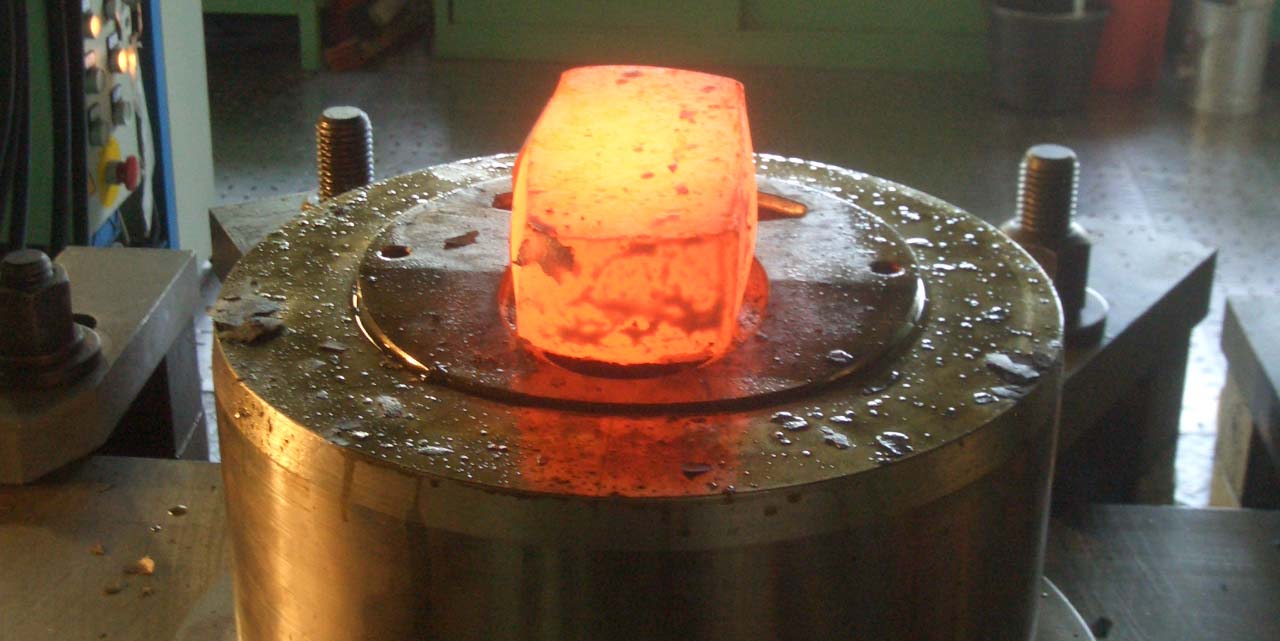Forming Tools
Tool inserts for forming processes can be manufactured in a additive way to integrate benefit and additional functions into the tools. The laser-beam melted tool steel inserts meet the high strength requirements of the forming processes.
The research work of the Fraunhofer Competence Field Additive Manufacturing has resulted in the successful additive production of forging dies and their use in the dropforging process. Thus, real forged prototypes can be provided at a very early stage of product development.
In sheet metal hot forming (press hardening) additively manufactured tool inserts enable shorter cycle times and higher or variable strengths of the sheet metal parts as required. Cold forming processes can also benefit from the special features of laser beam melted tool inserts.
Tool inserts
The institutes of the Fraunhofer Competence Field Additive Manufacturing have extensive experience and expertise in toolmaking. On this basis, they develop new tooling concepts for primary and forming processes using the technology of laser beam melting - from the idea to series production.
Laser beam melting with its advantages can be used in tool making for the production of complex tool cavities. The production of active tool components, which are built into a master mold, also results in a large number of component variations at comparatively low production costs.
Additively manufactured tool inserts also integrate new functions in master and forming tools for optimized process control, for example for conformal cooling and temperature control, which shortens cycle times and improves the achievable component qualities.
Rapid technologies in tool production
Researchers at the Fraunhofer Institute for Machine Tools and Forming Technology IWU in Chemnitz use additive processes to manufacture forming tools. They show how the technology can be applied using the example of a forging die. From three-dimensional CAD tool design to process simulation, laser melting of the die inserts and forging, the additive process chain was used to investigate the advantages and special features of this technology compared to conventional tool manufacturing under production-like conditions.
